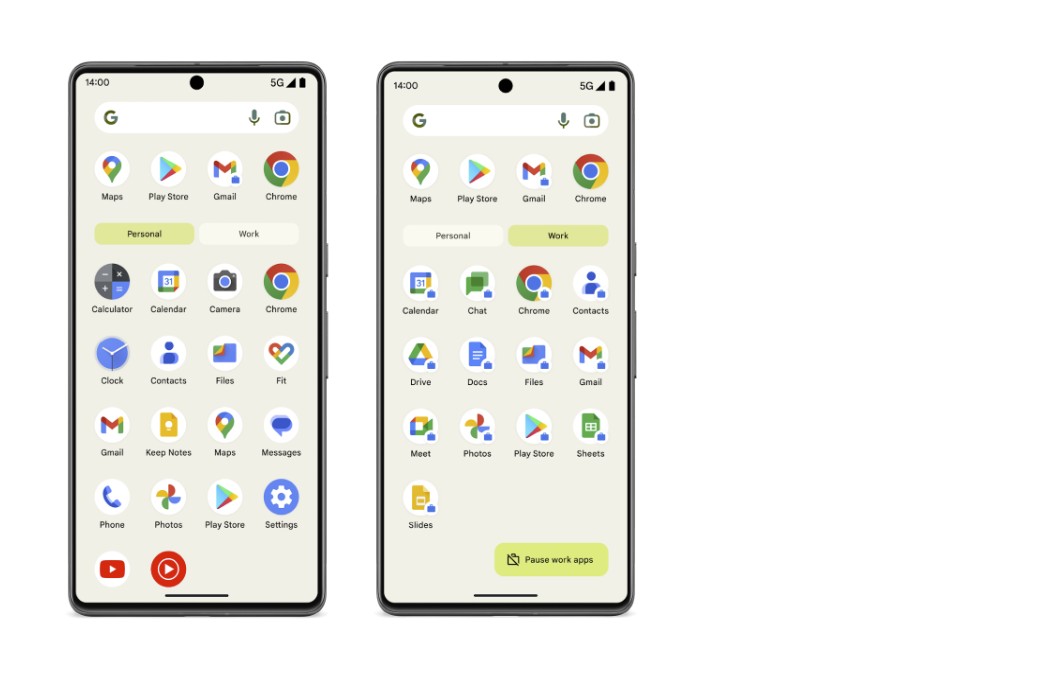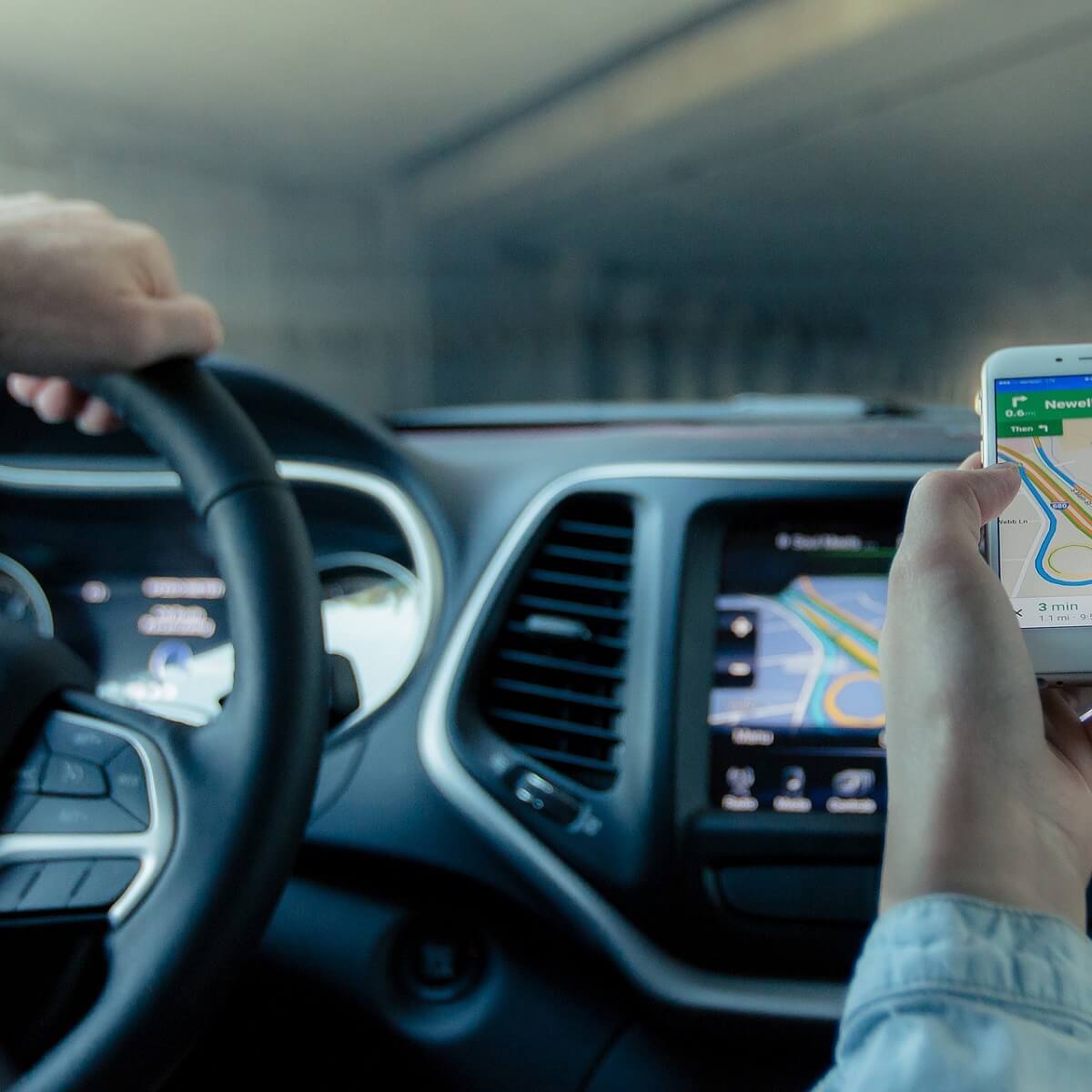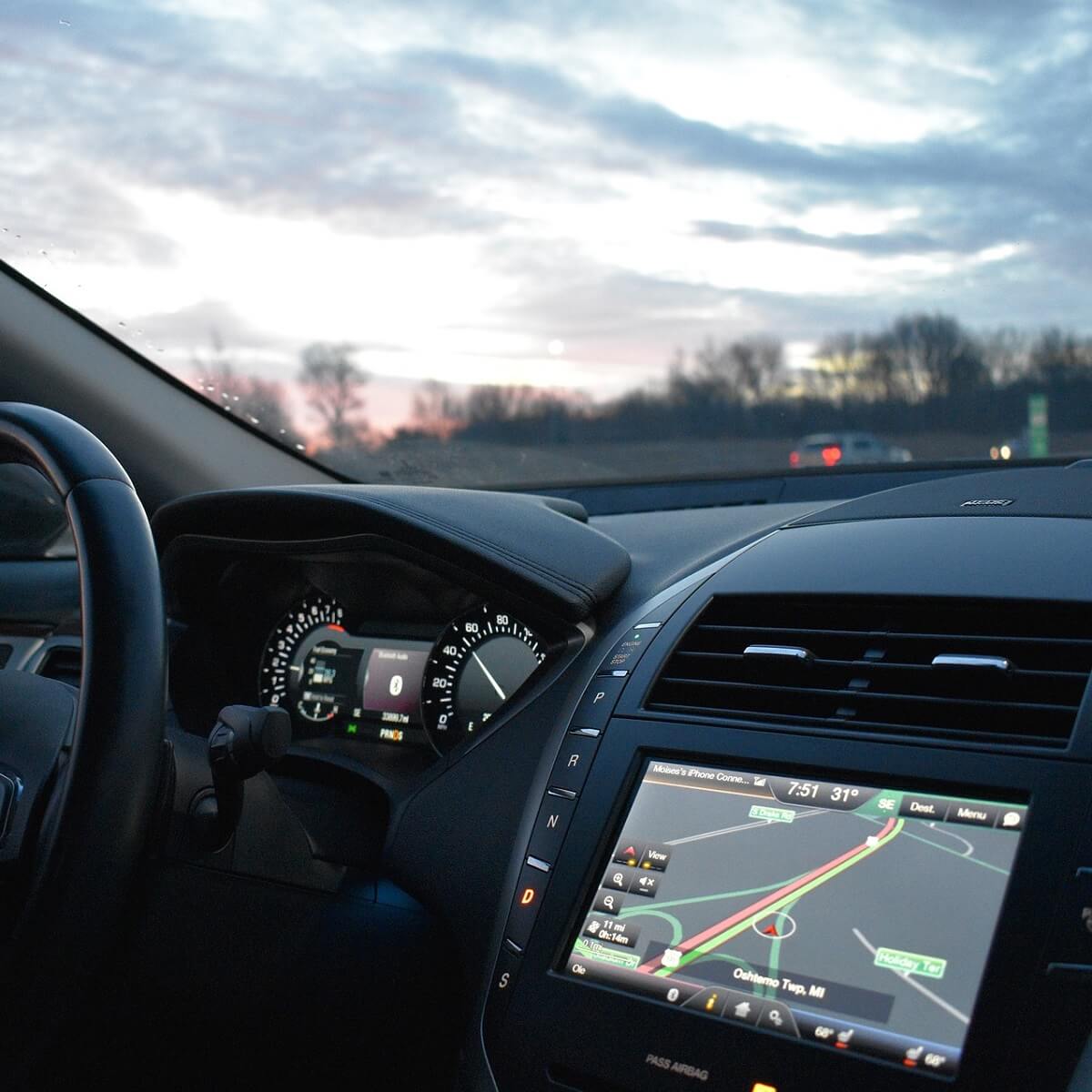Learn to Place Android Widgets on Chrome OS Desktop
2 min. read
Updated on

Chrome OS is constantly gaining new functionalities and popularity, so what do you say about placing Android Widgets on Chrome OS Desktop? Expecting the Chrome OS desktop to support widgets might not sound too realistic at first. This hasn’t stopped us though from dreaming, especially after Android app support was rolled out to many Chromebooks.
The Reddit user salmon_01 has now found a way to add Android widgets on Chrome OS desktop. It uses the Taskbar app by Braden Farmer and here I am to tell you more about this procedure. Well, the Taskbar app puts a start menu and recent apps tray on top of your screen that’s accessible at any time, increasing your productivity and turning your Android handset into a real multitasking machine.
There are some requirements for the method to work, so read them carefully:
Get ready:
- For the procedure to work, you must use a Chromebook running on Android Pie. Note that Android Pie is only available on Chrome OS Beta 73. Without Android Pie support, Taskbar doesn’t seem to be able to detect any available widgets at all, so the operation becomes impossible.
Detailed procedure:
- At first, download the Taskbar app from the Google Play Store;
- Install it;
- You may now launch the app and go to Advanced settings;
- Here, feel free to enable Replace home screen and Enable widget support;
- When you enable Replace home screen, you’ll be asked to grant the app the permission to draw over other apps. It is essential to do so;
- At this point, it’s time to turn on the toggle at the top of the app to enable it;
- After that, you’ll be asked to allow the app usage access so that it can show recent apps. This is not needed at all so you shouldn’t allow it;
- To add a widget, click on the widget button on the taskbar. Then, click anywhere to add a widget. If your Chrome OS supports Android Pie, you’ll see a list of available widgets to choose from.










User forum
0 messages